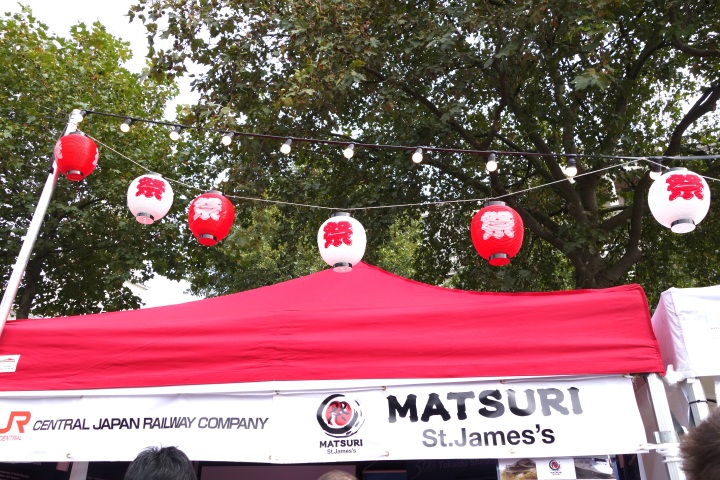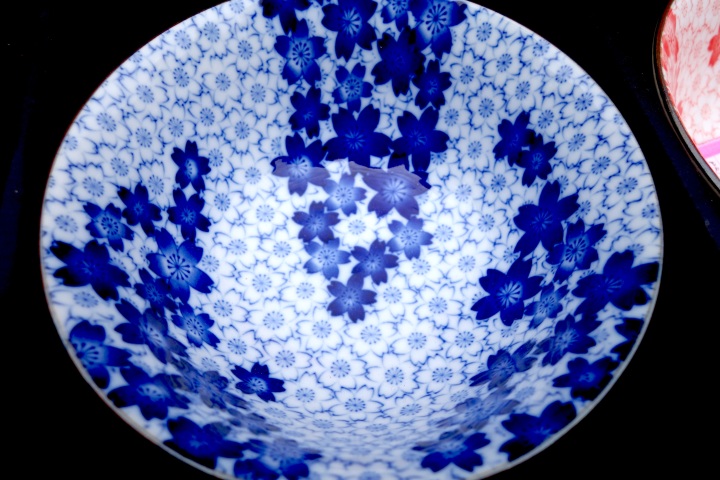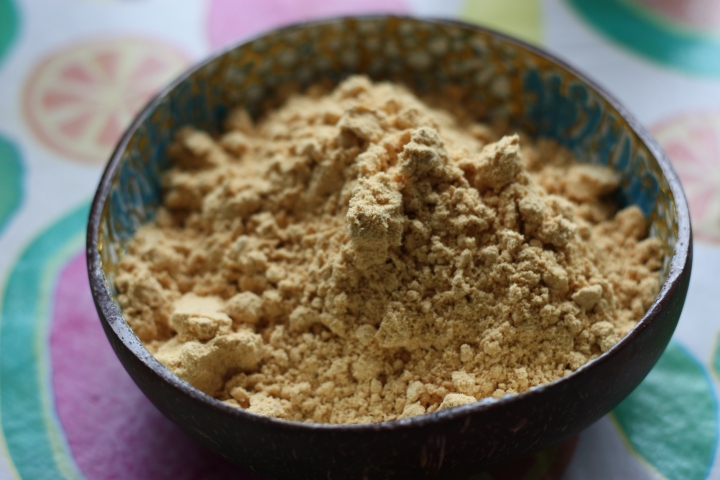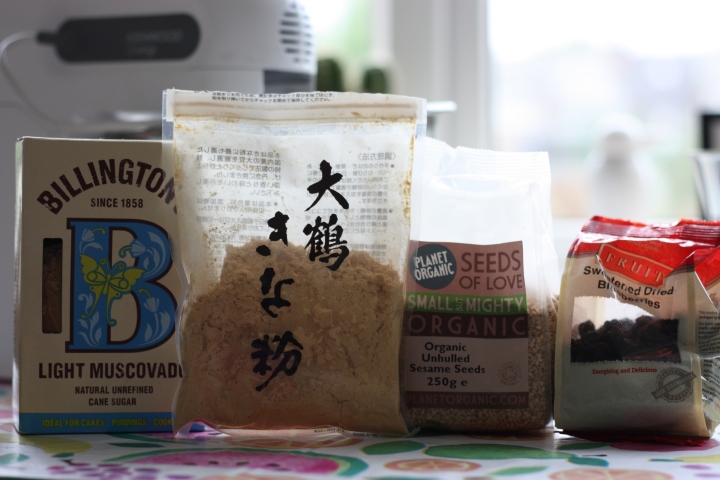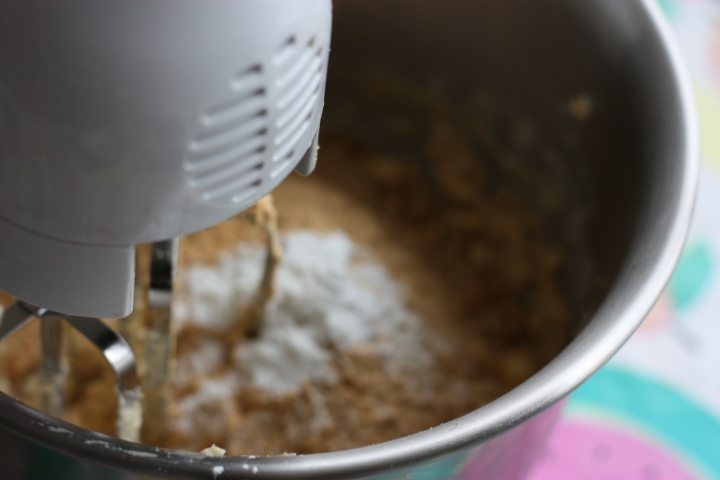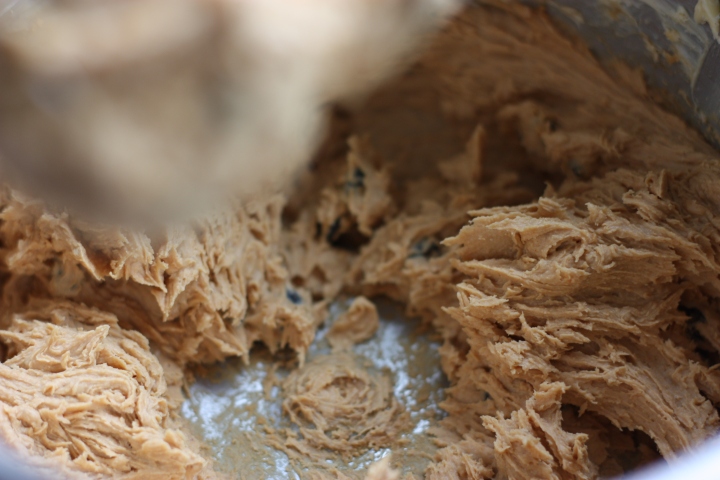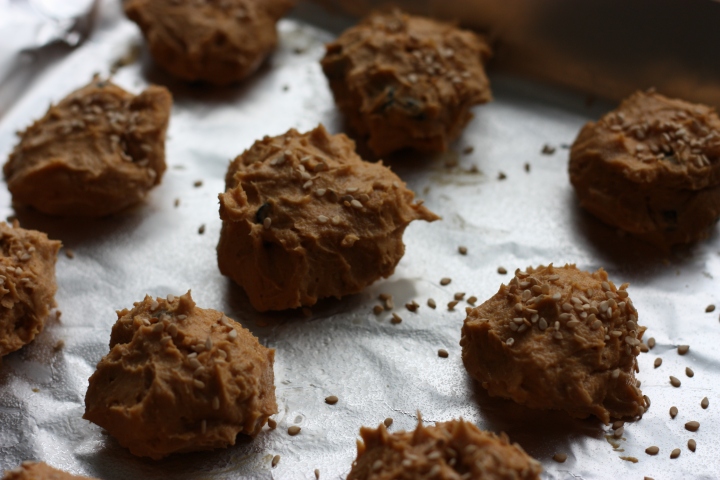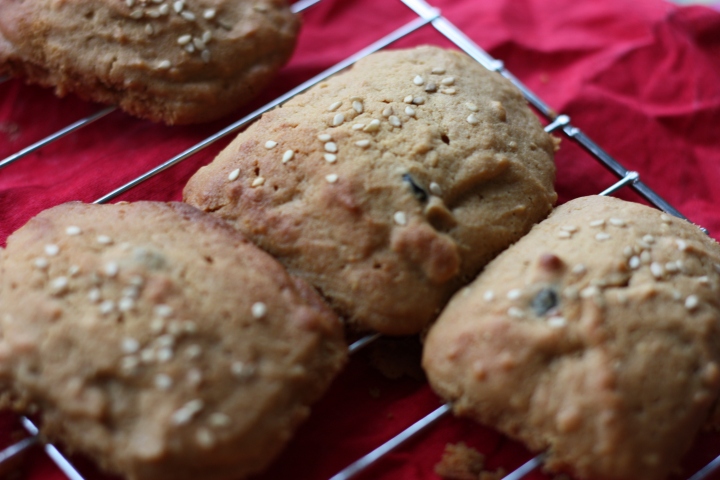We spent the afternoon today at the Japanese festival, or matsuri, in Trafalgar Square.
The London Japan Matsuri is an annual event, celebrating aspects of Japanese culture – food, music, crafts, martial arts and, of course, calisthenics! It was a really fun and lively way of sharing and opening people up to new experiences.

There were so many things to do – from more traditional events, like the ‘tsuri’ (fishing out water balloons with a hook – a childhood favourite), to karate demonstrations, to getting to pet some adorable dogs (which I unfortunately missed).
There was a graffiti wall, where everyone made their mark (mostly manga/anime characters I’m clearly too out of it to know about!)
As usual, Mr. A and I made a beeline for the food. All my favourite London-based Japanese restaurants had stalls there: Shoryu, Matsuri St. James’s and Atari-ya were all represented.
Most of the food stalls had ridiculous queues by the time Mr. A got there (just after midday), so we settled for the slightly pricier option of the Wagyu, or Japanese beef bowl. It was delicious – the meat was really succulent, and delicately seasoned with mirin. Definitely a recipe I will be recreating myself very soon!
I fell in love with some beautiful ceramic bowls – I’m a massive fan of white and blue china.
We caught some of the main stage activity, which included a Japanese cover of ‘Let It Go’ (Frozen is wildly popular in Japan), as well as demonstration of some daily calisthenic exercises. Almost everyone in Japan is brought up on these exercises, which they often do at work, or before school. Despite not having been in a Japanese classroom for 18 years, after hearing the music my body was going into autopilot – and I am shockingly bad at remembering any dance routines, ever.
There were fashion shows, music acts, all sorts of different activities. It was a really nice way to share some of my culture, and it was so great to see such a massive turn out. There were also several Fukushima stalls, raising awareness about the disaster.
The festival organisers were really lucky with the weather – it was such a gorgeous day. It was a really nice way of sharing some of the great aspects of Japan, while the chaos and frenzy was London all over. And of course, despite being a festival in central London full of thousands of people, you run into people you know! It was a lovely afternoon – and I’m already looking forward to next year.




